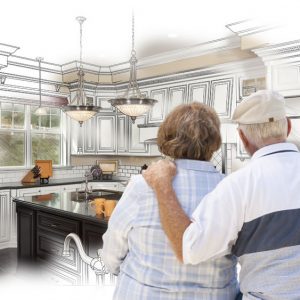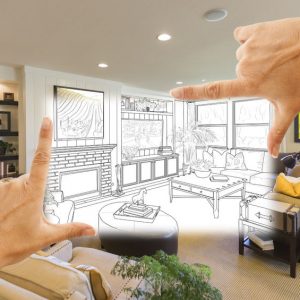Description
 Steve Hoffacker LLC, is an AOTA Approved Provider of professional development. Course approval ID#6288. This distance learning-interactive activity is offered at .3 CEUs, introductory educational level for Category One, Occupational Therapy Service Delivery. The assignment of AOTA CEUs does not imply endorsement of specific course content, products, or clinical procedures by AOTA.
Steve Hoffacker LLC, is an AOTA Approved Provider of professional development. Course approval ID#6288. This distance learning-interactive activity is offered at .3 CEUs, introductory educational level for Category One, Occupational Therapy Service Delivery. The assignment of AOTA CEUs does not imply endorsement of specific course content, products, or clinical procedures by AOTA.
This half-day (0.3 CEUs and 3 Contact Hours) elective class of original material by Master CAPS Instructor and AOTA Approved Provider Steve Hoffacker was inspired by the universal design entry shelf concept and created to address the needs of occupational therapists as an introductory level class in Contemporary Issues & Trends for Category One, Occupational Therapy Service Delivery as you explore opportunities to leverage your CAPS training and provide non-clinical services in the home for the residents and their guests, regardless of their abilities or the nature of their dwelling.
This course also is appropriate for physical therapists, consultants, interior designers, real estate agents, case managers, and others interested in providing a safe and comfortable home living environment for the public.
There is no prerequisite for this course, but completing the CAPS designation program is recommended. While it can be taken by non-CAPS professionals as well, there are some references to the CAPS material that would be helpful to understand.
This is being offered as a live Zoom, synchronous, interactive, distance learning class with PowerPoint and is not self-paced or pre-recorded.
This is not a required class for any designation but a continuing education course providing 3 hours for people who track and self-report their hours. Presently, the CEU hours count for AOTA, APTA, NAHB, AIBD, and NKBA designations, and possibly others.
The class was prepared especially for occupational and physical therapists as well as design professionals, remodelers, and others committed to creating safe, comfortable, and efficient living environments for their clients and members of the public.
Steve receives no compensation from any of the brand names or companies mentioned or referenced and has no financial interest in any outside organizations.
This class is not limited to any particular occupation or country, but there is a major emphasis on the role of occupational therapists in providing aging in place services such as the ones described in this course. Since this is a new direction for clinical occupational therapists, the material is considered introductory in nature but extremely relatable and valuable.
Specifically, by the end of the program, you will be able to:
- Describe the concept of the transition feature (and how it got its name) and why anyone can benefit from having and using it – in multiple locations throughout the home, for both rental or owner-occupied dwellings, and effectively serving the entire marketplace.
- List 2 chief advantages of incorporating such a feature into any home.
- Name 3 types of features that can be located outside the home or near the entrance for convenience and safety.
- Identify 3 features that can be found, used, or installed in the foyer or near the entry door inside the home.
- Describe how existing furnishings can be repurposed as beneficial transition features.
- Learn how well transitional features can work for people in their homes by taking the lead in identifying and using them and then taking their knowledge to their clients to help them enjoy the same experience.
- Recall 3 other terms for referring to the transition feature, such as an entry shelf, or a welcome or convenience station.
- Discern that the feature, in addition to being extremely functional and contributing to the overall safety of our clients, has the potential to become a topic of conversation for their guests and visitors.
- Cite specific functional and safety aspects of including a transition feature at all doorways in and around the home.
The agenda followed for this program is:
- Section 1 Introduction 9:00-9:30
- Section 2 The Concept 9:30-9:50
- Section 3 Design Considerations 10:00-10:15
- Section 4 The Opportunities 10:15-11:00; 11:10-11:50:
- Section 5 Epilog 11:50-12:00
- Questions / Post-Course Evaluation (12:00-12:10)
Successful completion of the course is attendance for the entire event, participation in the activities and discussion, having an active camera, and obtaining a 70% passing score on the in-class knowledge/skill check questions.
Anyone requiring special considerations or accommodations to attend the classes for vision, hearing, or comprehension speed should contact Steve prior to the class or use the accessibility widget on the site.
In order to keep the format of the classes interactive and to be able to answer everyone’s questions, class sizes will be kept small and registration may be closed once the optimal class size has been reached. There are several additional offerings of this class, however.





